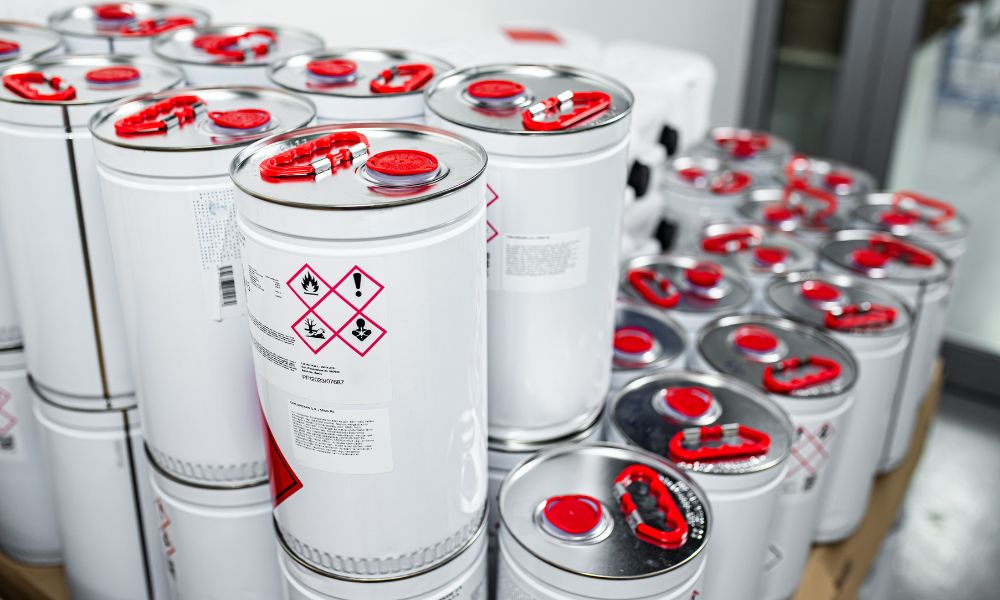
Ventilation is the process of circulating and replacing air in a confined space to regulate air quality levels. In the context of hazmat storage buildings, it’s crucial to maintain a safe environment, prevent the buildup of combustible fumes, and ensure compliance with health and safety regulations. Explore the importance of ventilation in hazardous chemical storage and discover some tips for effective implementation.
Preventing Buildup of Combustible Fumes
Flammable and combustible fumes are vapors emitted by certain chemicals that can ignite or explode. When these fumes accumulate to specific concentrations, a single spark or heat source can ignite them and cause severe fires or explosions, posing significant risks to individuals and property.
Ventilation systems in hazardous material (hazmat) chemical storage buildings help mitigate these risks by continually circulating air and dissipating the concentration of these harmful fumes. By doing so, they prevent the buildup of fumes. Moreover, these systems also remove heat and moisture, reducing the risk of spontaneous combustion and maintaining an environment conducive to safe storage.
Maintaining Air Quality
Ventilation in hazardous chemical storage is important for maintaining a safe environment for employees working in and around the area. Ventilation systems help dilute toxic air pollutants, improving overall air quality.
Breathing in hazardous material fumes in poorly ventilated storage units can have detrimental health effects, ranging from mild eye and skin irritation to severe respiratory problems and even systemic toxicity. Mechanical ventilation systems combat these risks by continuously circulating fresh air, thereby diluting the concentration of toxic fumes.
Controlling Temperature and Humidity
Certain hazardous chemicals are sensitive to heat and moisture, which can lead to unwanted chemical reactions or degradation of chemicals over time. Ventilation is key to maintaining optimal storage conditions, preventing damage to stored materials, and ensuring the safety of the facility.
Pro Tip: Consider Temperature Control Accessories
While integrated ventilation systems help control humidity and temperature, air conditioners and convection wall heaters for hazardous locations provider greater temperature control. Consider adding these accessories to your hazmat storage containers to create a safe and stable environment.
Meeting Regulatory Standards
Compliance with local, state, and federal regulations is a legal necessity that plays a significant role in maintaining the safety of your employees and the surrounding community. These regulations typically dictate specific requirements for ventilation systems, such as specific airflow rates or the need for explosion-proof equipment.
Proper ventilation minimizes the risk of non-compliance fines or penalties. Consult the safety data sheets (SDS) of your stored chemicals—provided by your chemical supplier or manufacturer—to know the hazard classifications of your materials.
Effective ventilation in hazmat storage is essential for ensuring safety, maintaining air quality, controlling temperature and humidity, and adhering to regulatory standards. Contact American Hazmat Rentals to find a compliant storage solution equipped with the right ventilation system for your materials.